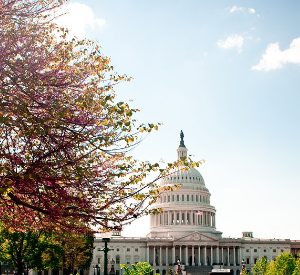Industry News
CRR Examines Whether Public Workers Without Social Security Get Comparable Benefits
On April 27, 2021, the Center for Retirement Research (CRR) at Boston College released its issue brief, Do Public Workers Without Social Security Get Comparable Benefits? As discussed in the brief, federal standards require that state and local plans provide benefits for their noncovered workers that are equivalent to Social Security at the full retirement age. In the issue brief, the CRR examines: 1) whether the plans satisfy the federal standards; and 2) whether the standards ensure equivalent benefits.
The key findings include:
- Currently, about 25% of state and local workers are not covered by Social Security.
- The results indicate that public plans do adhere to the federal standards.
- However, the report suggests that a substantial portion are lacking in equal lifetime benefits for some of their members.
- Various policy options for consideration may include updating the standards to a lifetime measure or potentially requiring all public workers to be covered by Social Security.
The report concludes that to help policymakers ensure Social Security-equivalent protections for state and local employees, “A practical first step might be to update the Safe Harbor defined benefit requirements to specify reasonable vesting periods and provide full COLAs. Alternatively, legislators could obviate the need for federal generosity standards by enrolling all state and local employees in Social Security – a common feature in many packages of proposed changes to improve Social Security’s finances.”
The report is available here.

